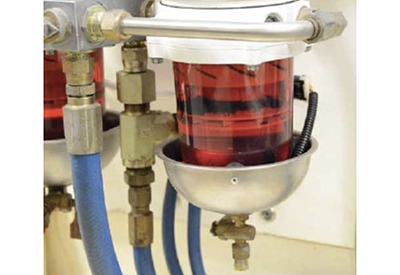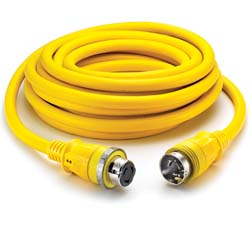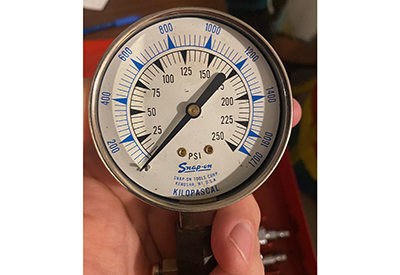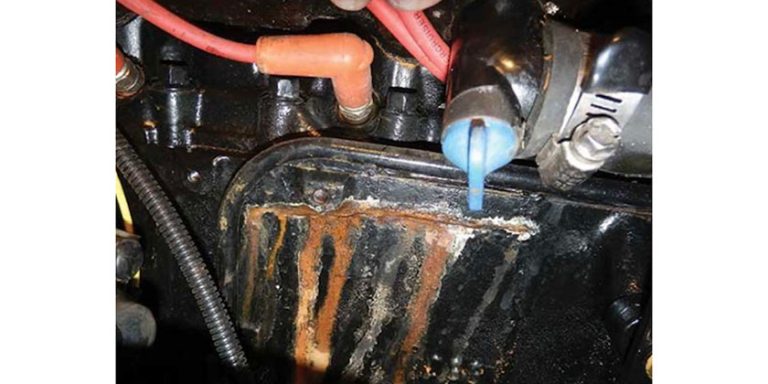Stepping up to a 24V System

The common standard aboard most of the boats in Canada is the use of the 12V battery. They are used in many ways: A single 12V battery acting as a power source to start and engine and power basic lights and instruments, or multiple 12V battery banks, separating the amps needed for starting vs the amps needed for more robust house systems.
Aug 23, 2023
a common set-up where batteries are wired in series and dedicated to a trolling motor
The common standard aboard most of the boats in Canada is the use of the 12V battery. They are used in many ways: A single 12V battery acting as a power source to start and engine and power basic lights and instruments, or multiple 12V battery banks, separating the amps needed for starting vs the amps needed for more robust house systems. Increasingly, as systems get more and more complex, we see multiple 12V batteries connected in parallel to increase the available amps in a 12V system.
In other parts of the world, and increasingly in North America, is the use of the 24V system with common 12-volt batteries connected in series. Increasingly, we are seeing electrical panels and appliances capable of using either 12V or 24V. Some electrical panels are even arranged to provide voltage in three distinct areas: 110v AC, 12V DC and 24V DC.
There are a number of reasons why boat manufacturers are turning to 24V systems:
1) By increasing the voltage in the system from 12V to 24V, the current (amperage) running through the wiring is reduced significantly. This means that smaller gauge wiring can be used, reducing wiring costs, and weight aboard.
2) 24 volts can be more compatible with AC systems, which makes it ideal for use in applications where inverters are used. In this case, DC voltage from batteries in converted to AC voltage. This allows ‘household’ style appliances (such as a microwave) and sockets to be used, even when away from shore power.
3) Less voltage drop – This is the difference is voltage that is measured at the appliance compared to the voltage at the battery. Wire resistance (distance, corrosion, etc) will mean there is a higher degree of voltage drop. This comparative difference in 12-to-24V is especially beneficial when sensitive electronic equipment is being used
4) Reduced fire risk and electrical safety due to a lower current running through the system.
5) Appliances drawing high amperage loads (windlasses, bow thrusters, electric motors, refrigeration) are all readily available at 24 (and even 48 V) ratings.
6) Because AC systems are more compatible with higher voltage DC systems, Renewable power – solar and wind – can be captured with less loss.

a converter device used to convert 12 to 24V
Note: in order to step up to a 24V system, the batteries, wiring, appliances and circuit protection all must be pre-planned. Where there are definite advantages in using 24-volt systems aboard, that system needs to be set up correctly and safely.
It’s important to do an analysis of current and future systems when making the change from 12-to-24V systems – and this would be done before you consider adding any of the high-current (amperage)-drawing devices that are becoming common today:
• Electric in-mast or in-boom roller furling
• Bow and stern thrusters
• Electric winches
• Electric cooking
• Electric windlasses
• Etc
What’s Next: Before deciding to make a change from a 12V system to a 24V system, the downsides should also be considered:
Downsides of 24V
If you are using a 24V system in an application with 12V appliances, a converter will be needed to reduce the voltage to 12V. The variety of components and devices that run on 24V are not as plentiful as what is available in 12V. While this works very well to provide stable voltage, it is an extra cost and incurs a 4% energy loss.
Although you can charge a 12V battery with the alternator of a vehicle, you won’t be able to do that with a 24V system if the chassis is a 12V system. Additional DC-DC converters are needed to accomplish this task.
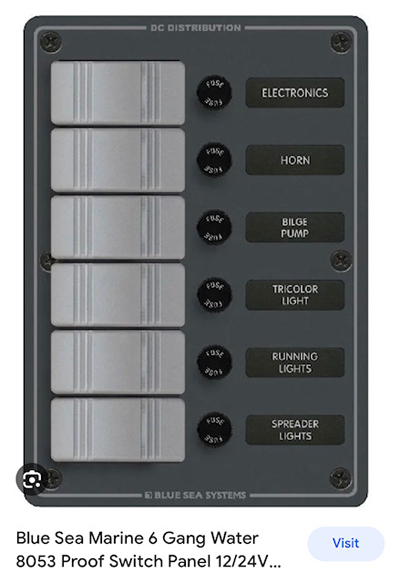 a panel suitable for use on 12 or 24V applications
a panel suitable for use on 12 or 24V applications
When to use a 12v vs 24v system
When building a DC (direct current) battery system, it’s crucial to understand your power requirements to run the appliances you need. The energy that is consumed by a device is measured in watts. Once you know your wattage requirement, you can determine what system is required.
If your requirements are below 3,000W, you can generally get by with a 12V system.
Many recommend 24V systems when your power needs are above 3000W or generating 3000W of solar or more. When you get to this point, the benefits of a 24V system outweigh the cons because you can run smaller wires and increase the system’s efficiency.
If your power consumption is even higher, above 6000W, you can benefit from an even larger DC system and consider stepping up to 48V.
12V vs 24V, which is right for me?
It isn’t always a clear-cut decision. There are many variables to consider when determining which one is the best choice. Sometimes, a combination of 24 and 12V may be ideal. In cases where you aren’t sure, or if there are questions you’re having trouble answering, consult a trusted marine technician to work through the planning of your onboard systems.
 Andrew McDonald is the owner of Lakeside Marine Services – a boat repair/maintenance firm based in Toronto. Andrew has worked in the marine industry for 12 years and is a graduate of the Georgian College ‘Mechanical Techniques – Marine Engine Mechanic’ program.
Andrew McDonald is the owner of Lakeside Marine Services – a boat repair/maintenance firm based in Toronto. Andrew has worked in the marine industry for 12 years and is a graduate of the Georgian College ‘Mechanical Techniques – Marine Engine Mechanic’ program.
Questions or comments for Andrew? Email him directly via: askandrew@lakesidemarineservices.ca

